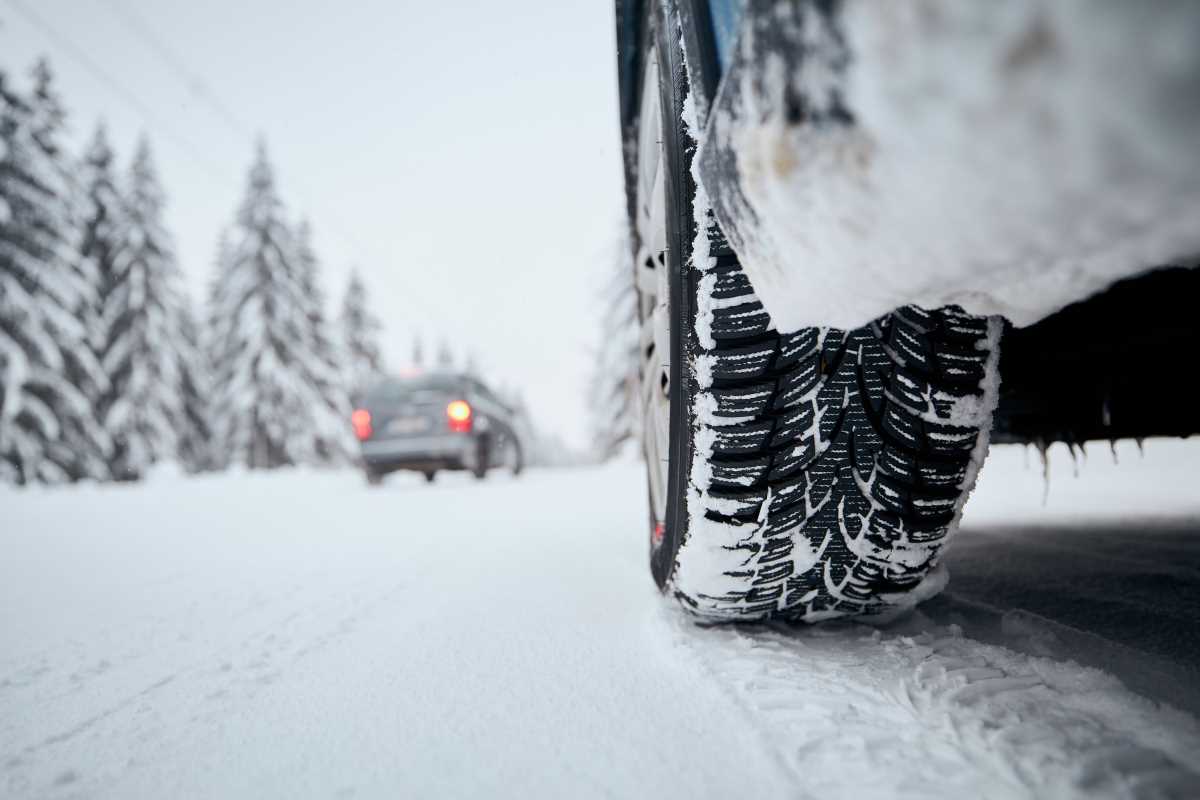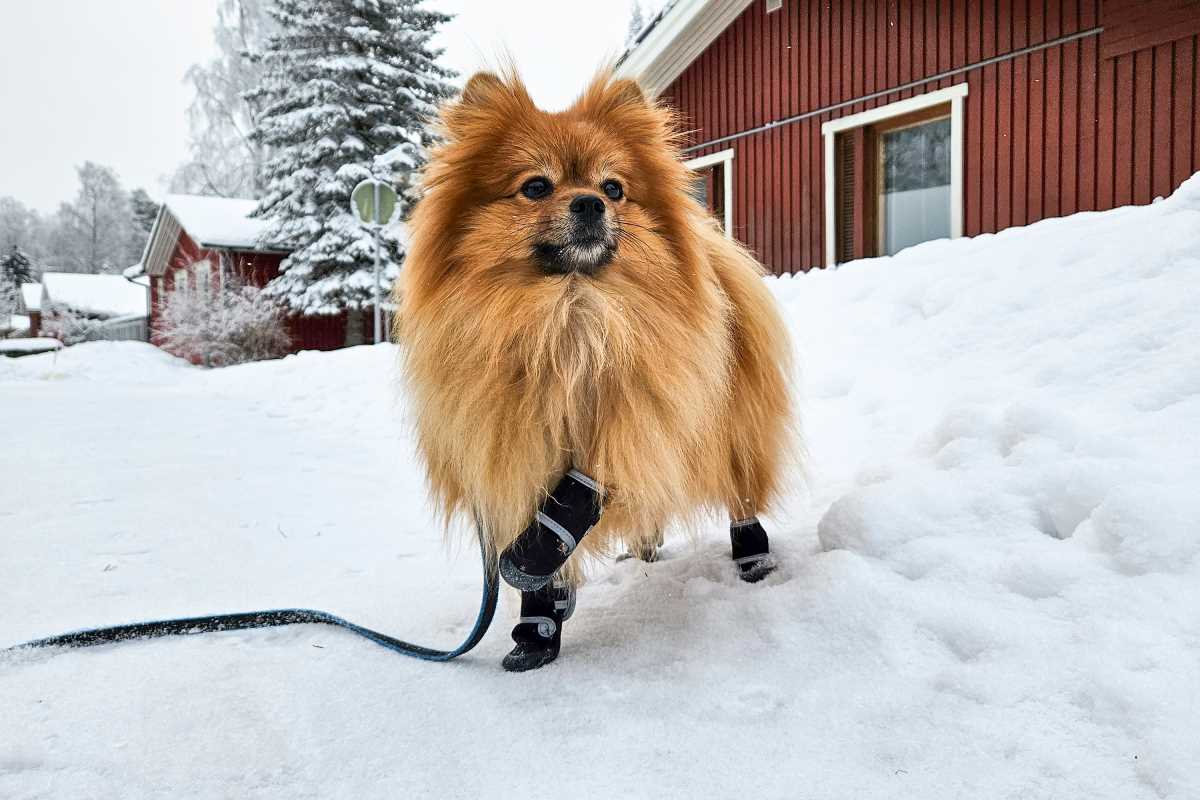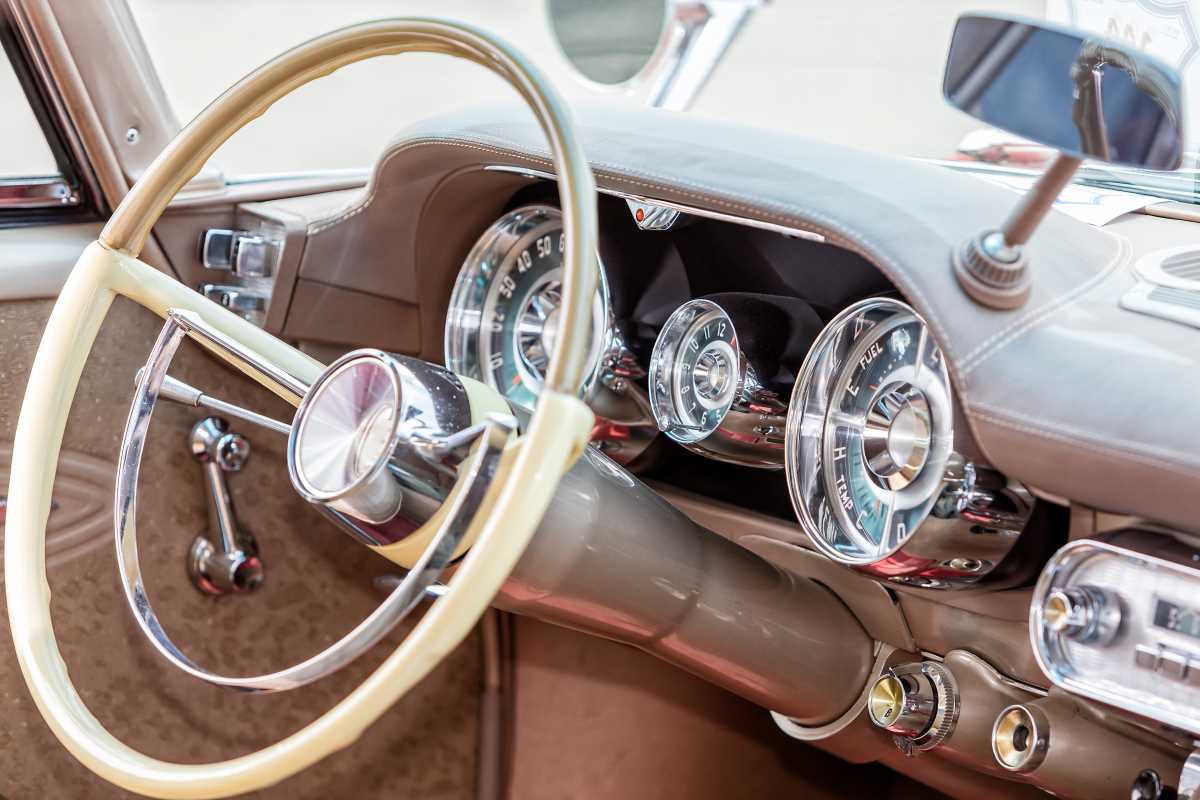There’s nothing quite like the arrival of winter to put your vehicle to the ultimate test. Between icy roads, frigid winds, and snowstorms that seem to come out of nowhere, a harsh winter isn’t just hard on people; it’s tough on cars too. If you’re someone juggling family needs, work deadlines, and the endless list of holiday to-dos, the last thing you want is a car that decides to take a snow day of its own.
Prepping your car for winter isn’t just about keeping things running smoothly; it’s about safety, comfort, and peace of mind. After all, no one wants to be stranded on a frozen roadside with a car that won’t start or wipers that smear instead of clearing. Whether you’re planning long-haul drives to visit family or just trying to make it through the daily commute, spending a little time winterizing your car now can save you a bundle of stress (and money) in the long run.
Check Your Tires
Tires are your car’s only contact with the road, and in winter, every inch of that traction matters. If you’ve been meaning to check the condition of your tires, now is the time. Worn or bald tires are bad news on slick, icy roads, so take a close look at the tread depth. A quick trick is the penny test—insert a penny into the tread with Lincoln’s head facing down. If you can see the top of his noggin, your tires might be begging for a replacement.
For those who live in areas where snow and ice are common, investing in winter tires can make a world of difference. Designed for colder temperatures and improved grip in snow and slush, these tires can keep you safer during harsh conditions. If winter tires aren’t in the cards, ensure your all-season tires are properly inflated. Cold weather can cause tire pressure to drop, so check it regularly to avoid driving on underinflated tires that compromise both safety and fuel economy.
Battery Health Is Non-Negotiable
If there’s one part of the car that tends to call it quits when temperatures plummet, it’s the battery. Extreme cold can sap your battery’s power, making it harder for your engine to start. The result? You’re left wrapping yourself in your big winter coat while waiting for a jump-start.
A quick trip to your local mechanic or auto store can put your battery to the test. They’ll check its voltage and overall health to see if it’s ready to brave the winter or if a replacement is in your future. While you’re at it, inspect the battery terminals for corrosion. A simple cleaning can prevent poor connections and keep your car ready to go, no matter how chilly it gets.
Don’t Forget Your Antifreeze
Your car’s cooling system needs special attention in the winter to ensure it doesn’t freeze up when temperatures drop. Antifreeze (or coolant) does exactly what its name suggests. It keeps your engine from freezing when the mercury plummets, while also preventing overheating when it’s running.
Check the level of antifreeze in your reservoir and make sure the mixture is appropriate for winter conditions. Most mechanics recommend a 50/50 split between antifreeze and water, but it’s always a good idea to see what your car manufacturer suggests. If you’re unsure how long it’s been since your last coolant flush, having it refreshed now might save you from future engine trouble.
Washer Fluid and Wipers
Winter weather isn’t gentle on visibility. Between snow, sleet, and slushy spray from other cars, your windshield wipers are going to get a workout. Swap out old or worn wiper blades for new ones designed to handle heavy precipitation. Winter blades are made to resist freezing and can help clear your windshield more effectively when the going gets tough.
And speaking of your windshield, check your washer fluid to make sure it’s up for the challenge. Regular washer fluid won’t cut it in subzero weather, often freezing or just smearing across the glass. Look for a winter-specific washer fluid that’s designed to resist freezing, so you’re never stuck with a dirty windshield and no way to clean it.
Oil and Fluids
Cold temperatures thicken oil, making it harder for your engine to turn over. If your car is due for an oil change, consider switching to a winter-grade oil that flows more easily in the cold. Your owner’s manual will usually have recommendations for the right viscosity to use based on seasonal changes.
Other fluids in your car deserve some winter love too. Top off your brake, transmission, and power steering fluids, and don’t forget to check for leaks. If you’ve been noticing a few suspicious puddles in your driveway, now’s the time to address the issue before it escalates under more demanding winter conditions.
Have an Emergency Kit
Prepping your vehicle for winter isn’t just about keeping it running; it’s also about being ready for whatever surprises the season throws your way. Even the best-maintained car can face challenges. Keeping an emergency kit in your trunk is a smart way to cover your bases. Essentials like a small shovel, warm blankets, a flashlight, and some snacks can turn an inconvenience into a manageable situation. Jumper cables or a portable battery charger can be the difference between a brief delay and a really, really long wait in the cold.
Winter can be unpredictable, and your car is your lifeline to warmth, comfort, and safe travels. Proper preparation doesn’t have to feel overwhelming, and the payoff is peace of mind that lasts for the entire season. Taking these steps now means that when the snowflakes start falling, you’re ready to enjoy the season—with your car at the ready to tackle whatever winter throws your way.







